Saturn's rings - and their propellers, waves, speckles and secrets - come into focus with Cassini's final images
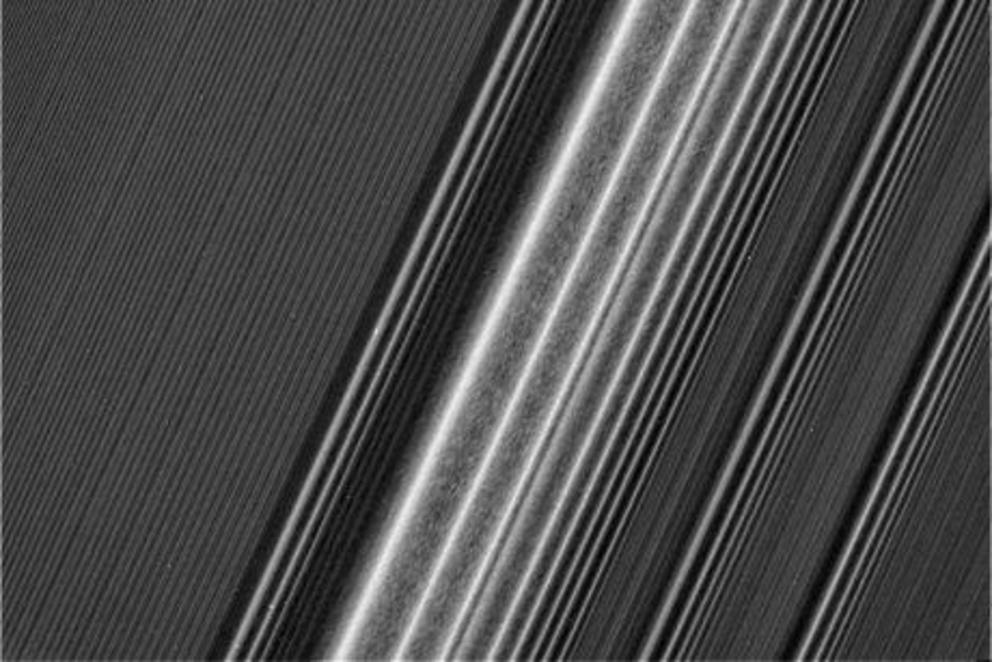
Saturn's rings are a complex mix of stripes, speckled textures and other odd features that appear to be sculpted by the planet's moons.
So say researchers who have crunched the final data collected by NASA's Cassini spacecraft just before it plunged through the planet's rings to its demise in 2017.
They've published their findings in the journal Science today, providing some of the most detailed insights ever obtained into the iconic rings.
Key points
- Cassini's close up images of Saturn have provided unprecedented detail of ring structure
- They show the impacts of small moons and other clusters of ice embedded in the ring disc
- Strange, unexplained textures within rings the raise further questions
"What's most new and exciting about what we have in our paper is the beauty of the intricate [ring] structure," said Matthew Tiscareno of the SETI Institute in California.
"These are the best images of Saturn's rings that have ever been taken and they reveal an enormous amount of new detail."
The analysis provides a new level of understanding about the rings, according to co-author Linda Spilker of NASA's Jet Propulsion Laboratory.
"Many features in the rings are sculpted by interactions with Saturn's moons," she said.
Saturn's rings are largely made up of particles of ice and when these get far enough away from the planet's gravity, they can clump together to form icy moons.
There are 62 named moons orbiting Saturn, ranging from the massive Titan, thousands of kilometres across, to much smaller moons closer in.
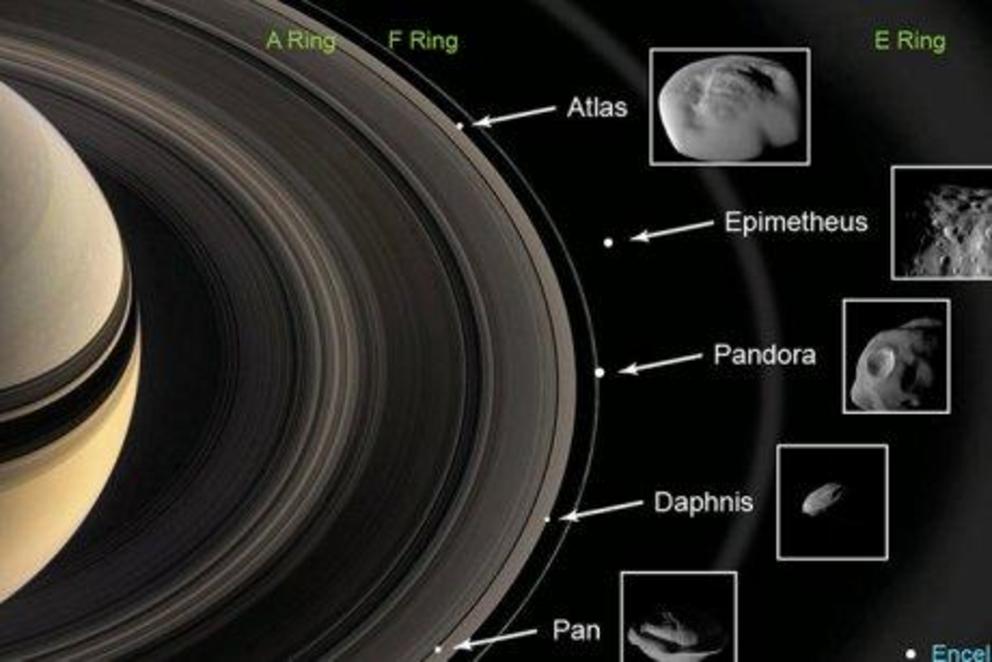
Saturn's rings and some of its moons.
Images from Cassini's cameras reveal in unprecedented detail how Saturn's rings are affected by moons like Daphnis, which is just 10 kilometres across and embedded in the A ring — the outermost of the planet's main rings.
Daphnis creates a gap in the A ring and kicks up waves in the gap's outer edge, which form as a result of the interaction of gravity from Saturn, Daphnis and the ring particles themselves.
The new images clearly show these waves, and also how they settle down in Daphnis' wake.

The final Cassini images also reveal further secrets about strange disturbances in the rings called "propellers".
"Their shape is reminiscent of an old-fashioned two-bladed airplane propeller," Dr Spilker said.
The largest examples of these disturbances are up to 100 kilometres or so wide, and have been nicknamed Bleriot, Earhart, and Santos-Dumont after famous aviators.
"We'd seen them before but by getting up close we're able to see the centre of the blades," she said.
Dr Spilker said the propellers, which occur in bands, move around in Saturn's rings, and could be created by tiny moon-like clusters of ice just a kilometre or two across.
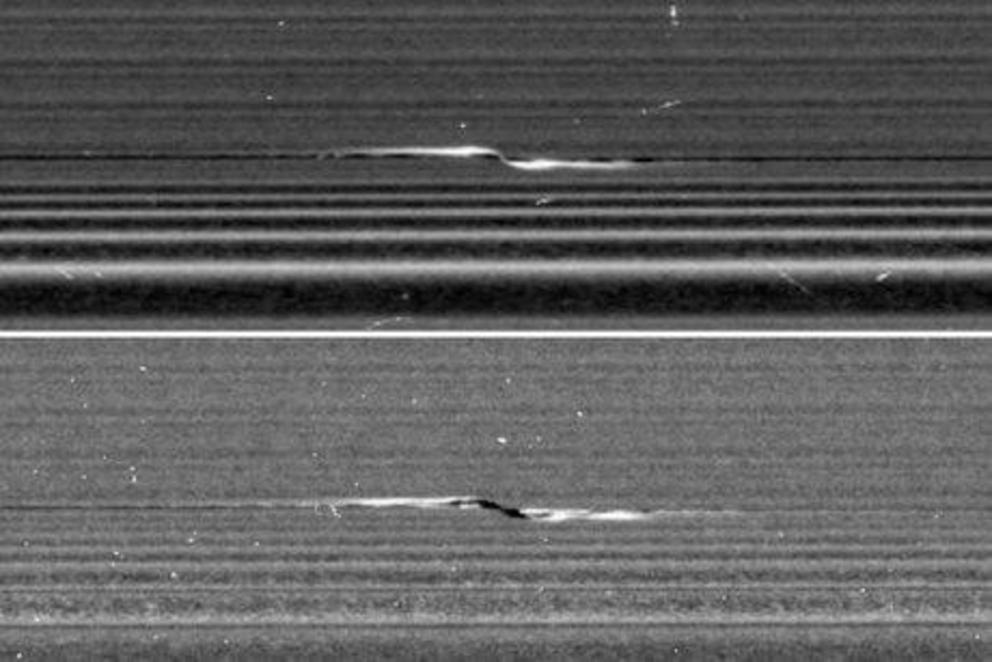
Close up of disturbances in Saturn's rings called propellers.
These clusters are not powerful enough to carve out a full gap in the ring like Daphnis and could even be quite temporary, she said.
Belts of textures can also be seen throughout the rings.
"Some of these are speckly ... others are more streaky, and other places just look smooth. And there can be very sharp boundaries between one texture and the next," Dr Tiscareno said.
"At the particle level, Saturn's rings are doing things that are much more complex than we expected."
The textures appear throughout the rings, Dr Spilker said, and present an "amazing puzzle" in terms of what they mean and what made them because they're not near any moons or propellers.
"All the ring scientists are saying we need to go back and we need to get even closer," she said.
Dr Tiscareno added: "We answered a lot of the questions we had and now in finding those answers we now have a lot more questions. It's how science works."
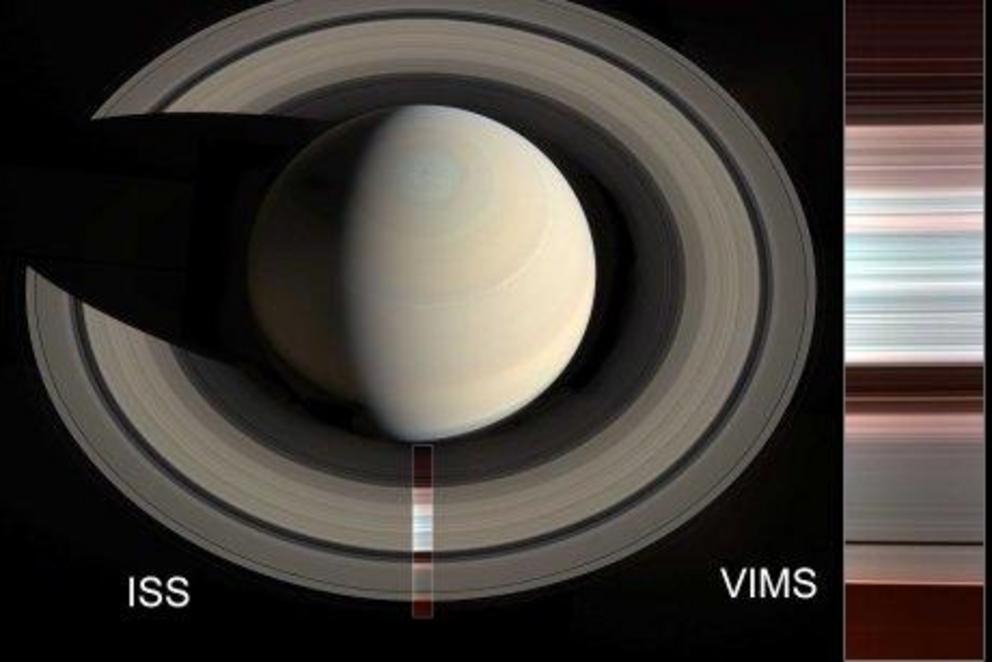
The researchers also analysed Cassini's spectrometer data of the chemical composition of the rings.
This showed some parts of the rings are pure water-ice while others are contaminated by material from space.
A model of early solar systems
The research is helping to answer long-standing questions, according to Craig O'Neill, director of the Macquarie University Planetary Research Centre.
"It was quite apparent after Voyager that a lot was going on in the rings of Saturn, which are the closest thing we have to an astrophysical disc — the sort of thing that forms planets," said Dr O'Neill.
"They managed to pick up really tiny, fine-scale structures and see what was going on in the disc at a scale we hadn't seen before."
Scientists are excited about understanding how Saturn's ring disc works because it can give clues about how solar systems like our own form.

Saturn's rings are analogous to a "baby solar system" and provide a "natural laboratory", Dr Tiscareno said.
"We can't go to other stars that have discs around them or back in time to when our solar system was forming, but we can go to places like Saturn's rings."
It's possible that some of the planets in our solar system could have once looked like Daphnis.
In fact, said Dr Spilker, some argue Jupiter could have formed a gap in the disc orbiting the Sun and stopped material from outside that mixing with stuff inside the gap.
So when and how did those rings form anyway?
The latest paper, and two others also published in Science today, give "an important suggestion that Saturn's rings are far younger than the planet itself", according to Shigeru Ida from the Tokyo Institute of Technology.
But the jury is still out on the age and origin of the rings.
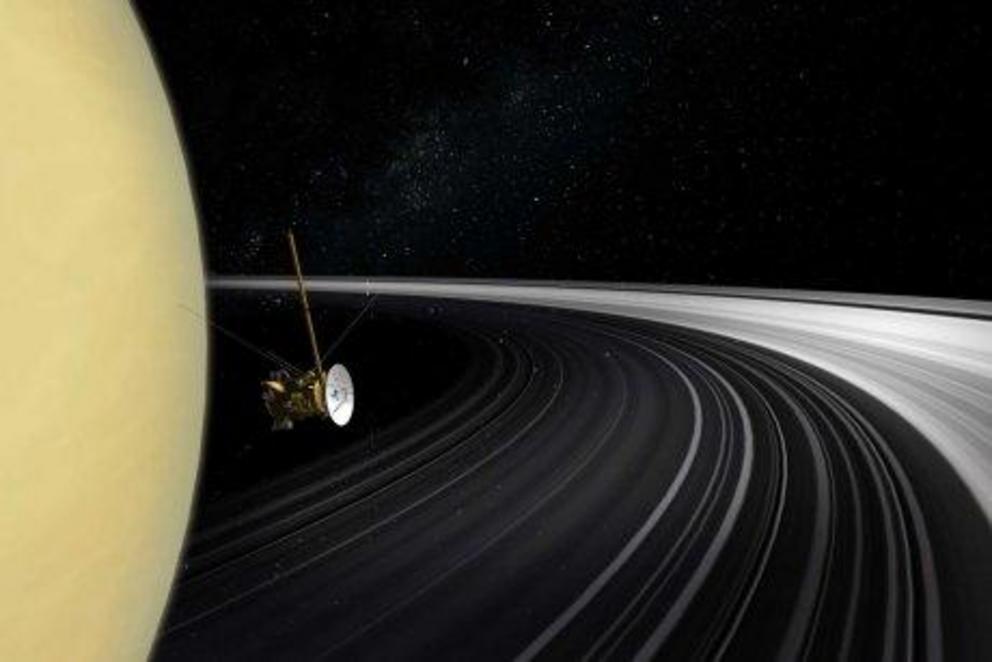
The data analysed by the scientists came from the final stages of Cassini's mission to Saturn.
"A clear answer to the long-standing question of when and how Saturn's rings formed has not yet been obtained, but the Cassini data provide important pieces of the puzzle," Dr Ida wrote in an accompanying perspective.
Dr Spilker and Dr Tiscareno argue the rings are likely to be young and formed from an object — like a moon or a comet — that got too close and became captured and pulled apart.
"I think the dynamism that we are seeing in the rings has a youthful character to it," Dr Tiscareno said.
Dr Spilker said it's possible that planetary rings are temporary — from the perspective of the universe — and may only last a few hundred million years before falling into the planet.
"Maybe rings around planets come and go."
To think … Saturn may one day lose its crowning glory.
